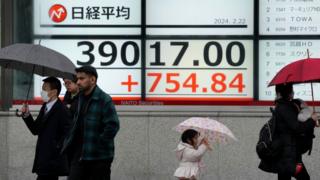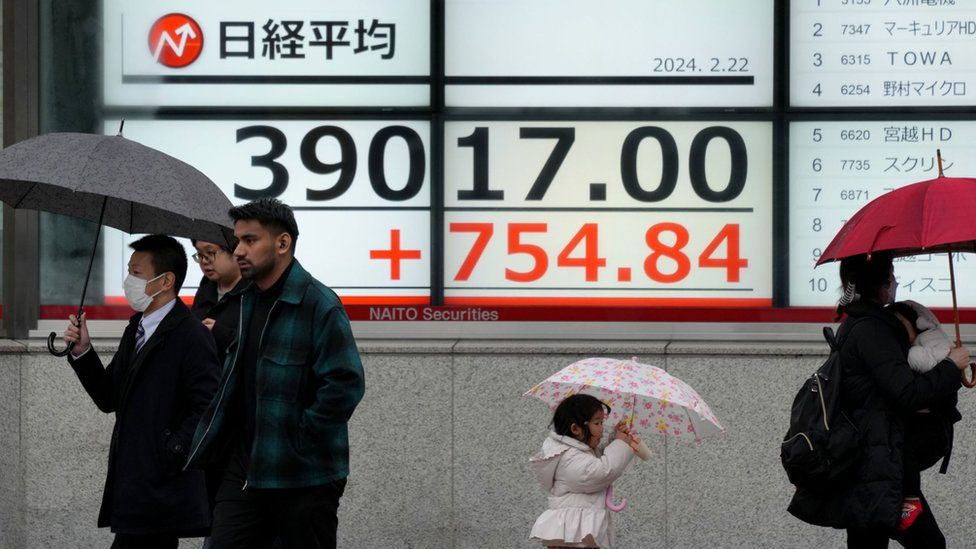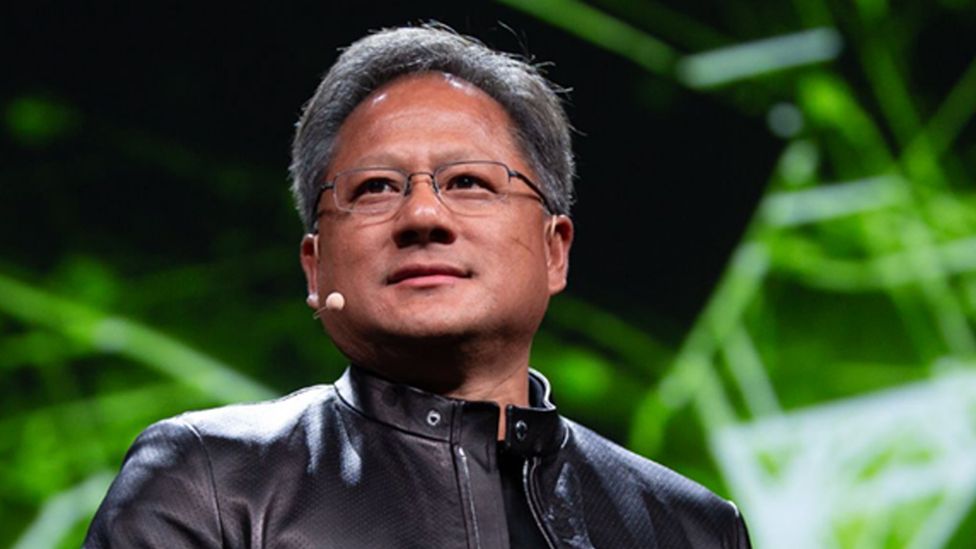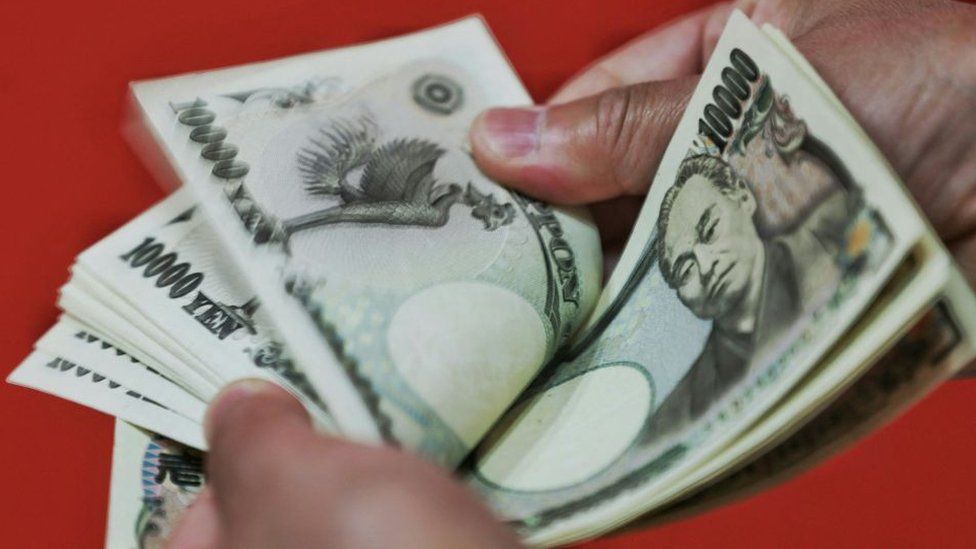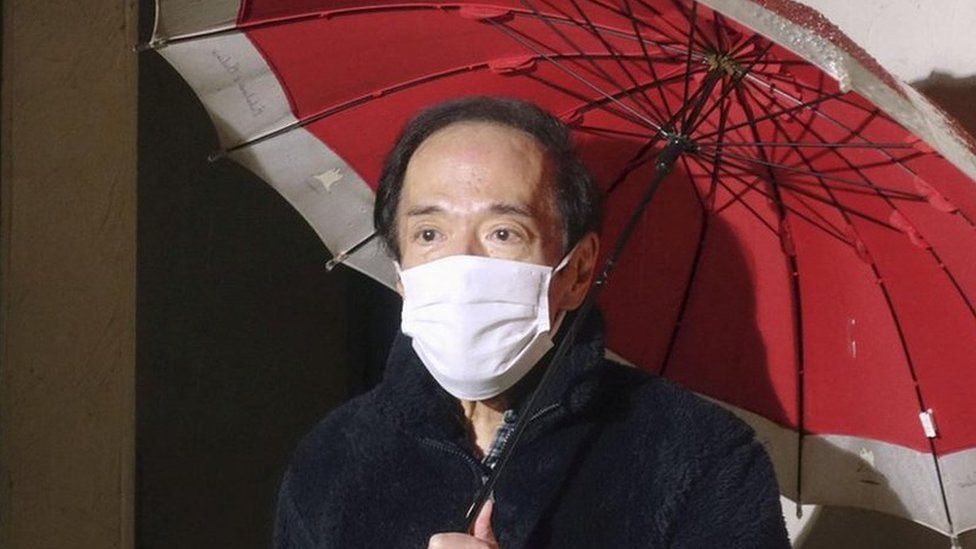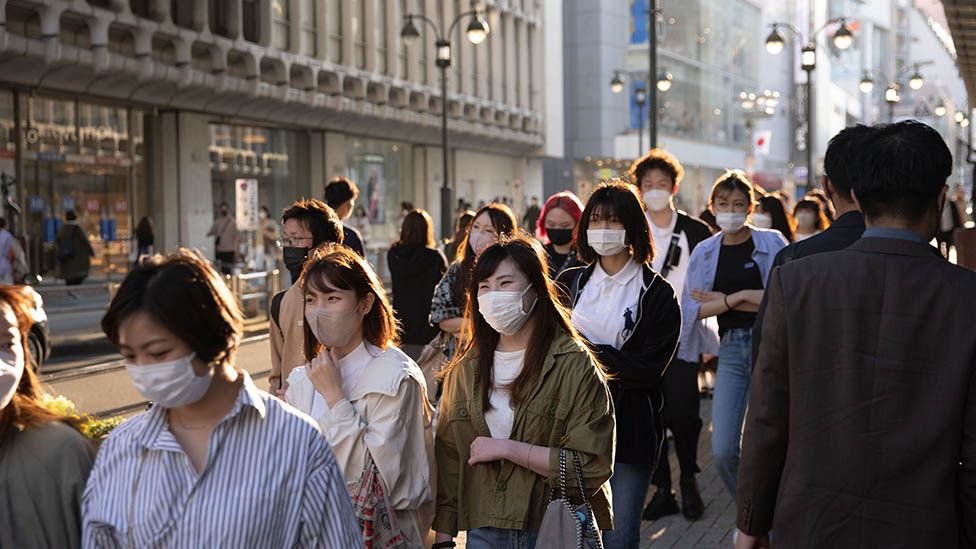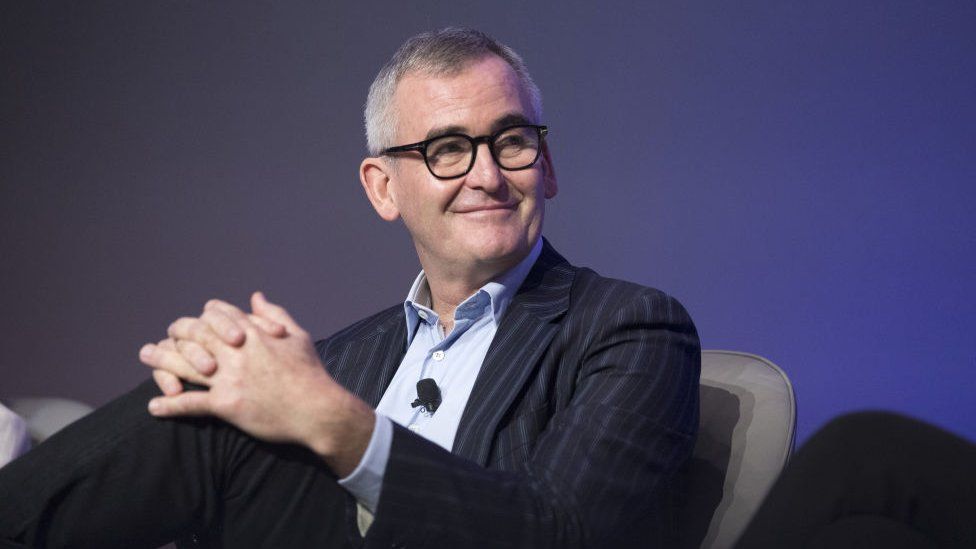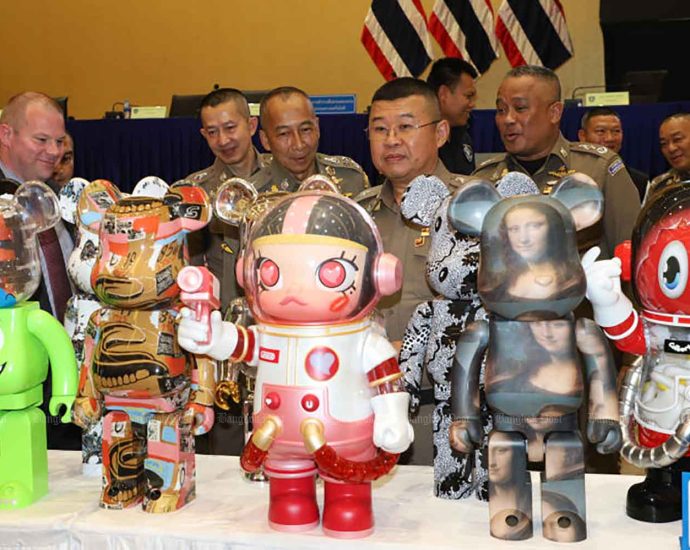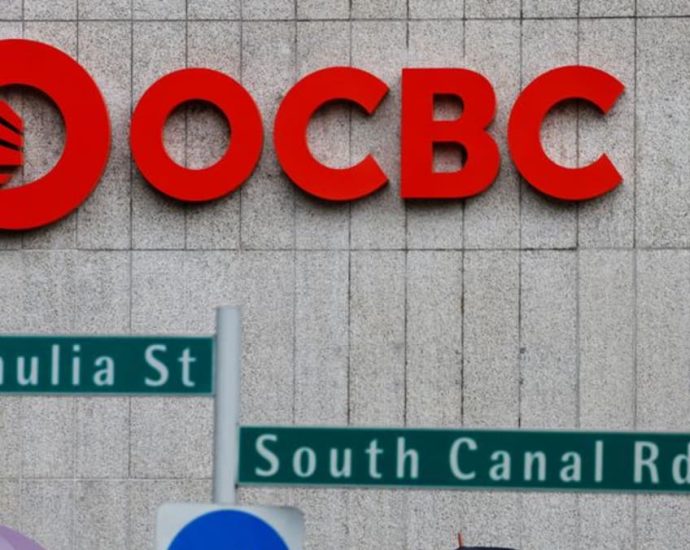China bond outperformance tells a bigger story – Asia Times
China’s stock investors could be excused for feeling like President Xi Jinping is disinterested in their plight as market valuation losses mount.
Bond punters seem ascendant, though, as Beijing officialdom makes clear it has their backs in the way few international funds saw coming.
The hyper-targeted nature of policy rescue efforts by the People’s Bank of China (PBOC) and other arms of the state explain why yuan-denominated corporate bonds were among the globe’s best-performing asset classes last year.
The dollar bonds of local government financing vehicles (LGFV) were also big winners in 2023. Unlikely, too, given all the hand-wringing about the US$9 trillion LGFV debt mountain.
The borrowing binge has credit rating companies worried that municipal debt will be China’s next crisis, one that could dwarf today’s huge property troubles.
The reason bonds are winning: Xi’s team understands that a vibrant sovereign bond market is needed to defuse the property crisis and head off a local government debt meltdown. The same goes for achieving Xi’s bigger goal of replacing the dollar as the linchpin of trade and finance.
That’s not to say Xi’s team has given up on putting a floor under China’s stock markets or gross domestic product (GDP). In 2023, inflation-adjusted GDP beat Beijing’s target to grow at 5.2%. But nominal GDP slipped to 4.6% from 4.8% a year earlier as deflationary pressures mount.
To economist Zhang Zhiwei at Pinpoint Asset Management, nominal GDP trailing real output “suggests China is likely growing below its potential growth. More supportive fiscal and monetary policies would help China to restore its growth potential.”
Economist Duncan Wrigley at Pantheon Macroeconomics says news that domestic loan growth only expanded by 10.4% year-on-year in January, the slowest pace since 2003, suggests more stimulus is coming.
The downshift indicates “still-relatively sluggish credit demand, despite net new social financing and net new loans beating market expectations.”
But the longer-term goal of increasing China’s financial footprint is the bigger priority. Beijing has made significant inroads into making the yuan a major reserve currency.
The endeavor shifted into higher gear in 2016 when China secured a place in the International Monetary Fund’s “special drawing-rights” program. It was then that Xi won the yuan entry into the globe’s most exclusive currency club along with the dollar, euro, yen and the pound.
In 2023, the yuan topped the yen as the currency with the fourth-largest share in international payments, according to financial messaging service Swift. It overtook the dollar as China’s most used cross-border monetary unit, marking a first.

Also last year, Chinese government bonds performed better than US Treasuries in terms of total returns. Adding in the outperformance by corporate bonds, 2023 was a milestone year for China’s emergence as a debt-market superpower.
Yet the dollar continues to dominate despite the US national debt topping $34 trillion and as extreme political polarization in Washington has Moody’s Investors Service threatening to yank away America’s last AAA credit rating.
Xi’s reform team is looking to borrow from Washington’s model for luring waves of capital into local assets. Doing so is vital to financing China’s development and sustaining the giant infrastructure projects driving economic growth.
At the moment, foreign investors hold about 30% of the $26 trillion of US public debt outstanding. In China, it’s 10% at most. Xi, in other words, hopes to get foreign governments and the globe’s top asset managers to fund his economy the same way they long have the US’s.
That means building more vibrant and transparent capital markets. Though the magnitude of China’s total debt liabilities isn’t in the same orbit of the US, China’s public IOUs also exceed GDP. In China’s case, the IMF estimates the burden to be about 116% of GDP when you add in local governments’ off-balance-sheet borrowings.
For China, municipal governments are vital to meeting Beijing’s ambitious annual growth targets. Yet following years of runaway investment in infrastructure, fallout from Covid-era downturns, fewer windfalls from land sales and soaring pandemic-related costs, local government debt is now a top financial risk.
Economists agree that Xi and Premier Li Qiang should lean into increasing global demand for Chinese debt. The end of Federal Reserve tightening signals that interest rate differentials between the US and China have peaked. At the same time, China’s deflation trend means investors buying today could be looking at big returns as bond prices rise.
Already, Beijing has increased and widened the channels to welcome foreign investors, including benchmarks like FTSE Russell.
What’s needed now is a top-to-bottom revamp of market mechanisms from efficient pricing to hedging tools to allowing for capital to enter and leave markets easily. Beijing must make its national balance sheet more transparent and move its fiscal management practices more in line with global norms.
Xi also must resist the urge to weaken the yuan for short-term gain. As economic headwinds intensify, nothing would boost Chinese GDP faster than a weaker exchange rate to boost exports. That might turn off global investors who think in dollar terms.
Hence the Chinese central bank’s reluctance to ease policy. Earlier this month, the PBOC cut the amount of cash banks must keep in reserve by 0.5 percentage points. That pumped 1 trillion yuan ($140 billion) in long-term liquidity into markets.
It was enough to tame bond market dynamics but not stabilize Shanghai stocks. Equity investors have been waiting for Xi’s team to launch a giant new stock stabilization fund – so far, to no avail.
Part of the rationale seems to be that China can do the bare minimum to stabilize stocks and keep GDP as close to 5% as possible. The restrained nature of policy moves, though, appears positive for bond markets and negative for stocks.
“This pattern of new lows in bond yields and resumption of declines in equities highlights to us that the market is concerned that stimulus is not sufficient to address the current deflationary environment,” notes strategist Jonathan Garner at Morgan Stanley. “Our economists continue to argue that a major fiscal package targeting the consumer is needed.”
At the same time, it’s possible “policymakers may start shifting their focus from foreign exchange stability toward more monetary easing” as the need for a stable yuan “has become less necessary,” says Jingyang Chen, strategist at HSBC Holdings.
The overriding focus, though, must be fixing the cracks in China’s financial system. Trouble is, the “ongoing news flow” points to a property crisis that’s “still hot and not easy to resolve,” says analyst Kieran Calder at Union Bancaire Privee.
The bottom line, he adds, is that investor confidence “cannot return” until the property sector is finally fixed. Indeed, the longer the default troubles at China Evergrande Group and Country Garden make global headlines, the more challenging it will be for Asia’s biggest economy to attract enough capital.
At the moment, Xi and Li also are stepping up efforts to head off a local government debt reckoning. Moves include pulling some of the leverage built up by prefectures around the nation onto Beijing’s own balance sheet.
It’s a delicate process. Xi’s Ministry of Finance must maintain confidence among investors that they won’t sustain massive losses. This perception is vital to attracting healthy demand for new debt issues to finance cleaning up older ones.
Here, it’s vital to get right the mix of banks upping lending in the short run and address local government imbalances in the long run.
Beijing is indeed making some progress. As analysts at UBS argue in a note, “continued local government financing vehicle debt swaps using the previous issuance of special refinancing local government bonds in 2023 may have reduced some existing bank loans, corporate bonds and shadow credit.”
In the long run, the ends could justify the means of China prioritizing bond over stock markets. Yet in other ways, the challenges involved in buttressing confidence among global investors is growing.
This week, Xi’s regulators tightened curbs on China’s rapidly growing quant trading industry. Both the Shanghai and Shenzhen exchanges are increasing monitoring of such dealing, particularly in the leveraged products space, after freezing the account of a major fund for three days.
Such regulatory uncertainty has been a constant worry for global investors since Xi’s tech crackdowns beginning in 2020. Those moves, and myriad others since then, tarnished Xi’s 2013 pledge to let market forces play a “decisive” role in Beijing decision-making.
For all Xi’s promises, China today is fending off worries it’s a buyer-beware market.
In March, Xi entrusted the reform process to Premier Li, who has since promised to accelerate moves to diversify growth engines. One key priority is creating deeper and trusted capital markets so that households invest in stocks and bonds in addition to property.

Such retooling is needed to change the narrative that Chinese markets. Too many foreign investors still fear that Chinese markets are underpinned by a developing economy with limited liquidity and hedging tools, a giant and opaque state sector, and an immature credit-rating system that obscures risk and enables the chronic misallocation of capital.
In recent years, foreign investors wondered whether China might be facing a Lehman Brothers-like reckoning. Or a crash akin to the 1997-98 Asian financial crisis. For some, the property-overhang dynamic plaguing China’s 2024 echoes Southeast Asia’s predicament 26 years ago.
As top-heavy economies from Bangkok to Jakarta to Seoul hit a wall, investors fled and crashed currencies in their wake. That made dollar-denominated debt impossible to manage as default rates exploded across the region.
China’s property crisis has caused unpredictable challenges for local governments as tax revenues dry up. To Logan Wright, director of China markets research at Rhodium Group, “a collapse in local government investment would be comparable to the economic impact of the crisis in the property market.”
He notes that the “most important variable impacting” the world’s second-biggest economy “will be the success or failure of local government debt restructuring.”
You can’t restructure much, though, if China’s debt capital markets aren’t up to the task. The good news is that Xi’s team is focused on raising China’s bond market game and at least some global investors appear to be getting the memo.
Follow William Pesek on X at @WilliamPesek




